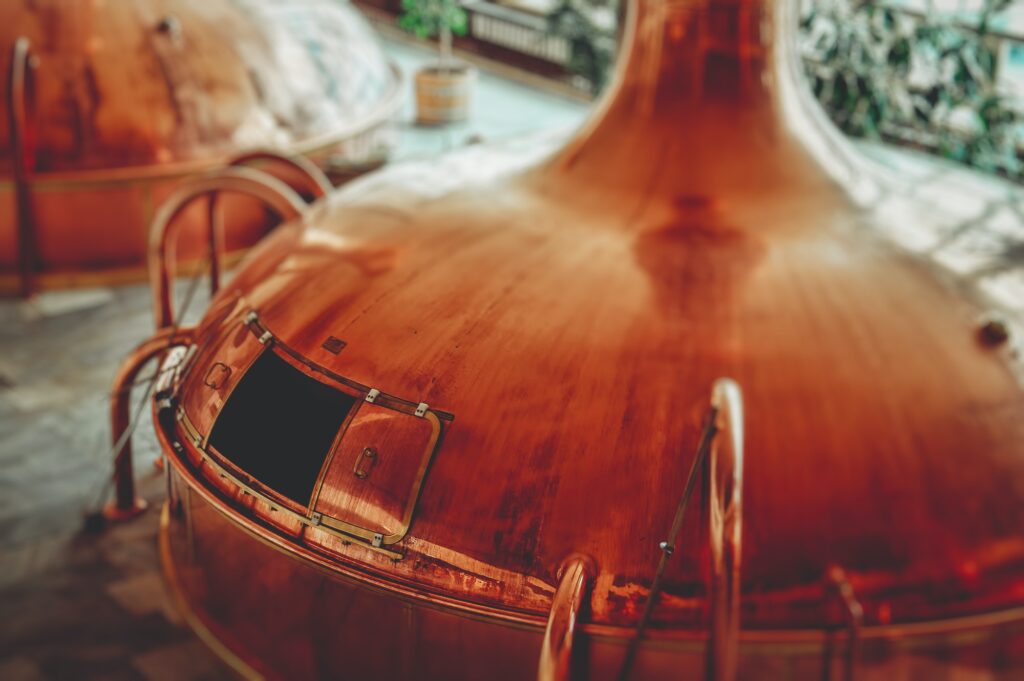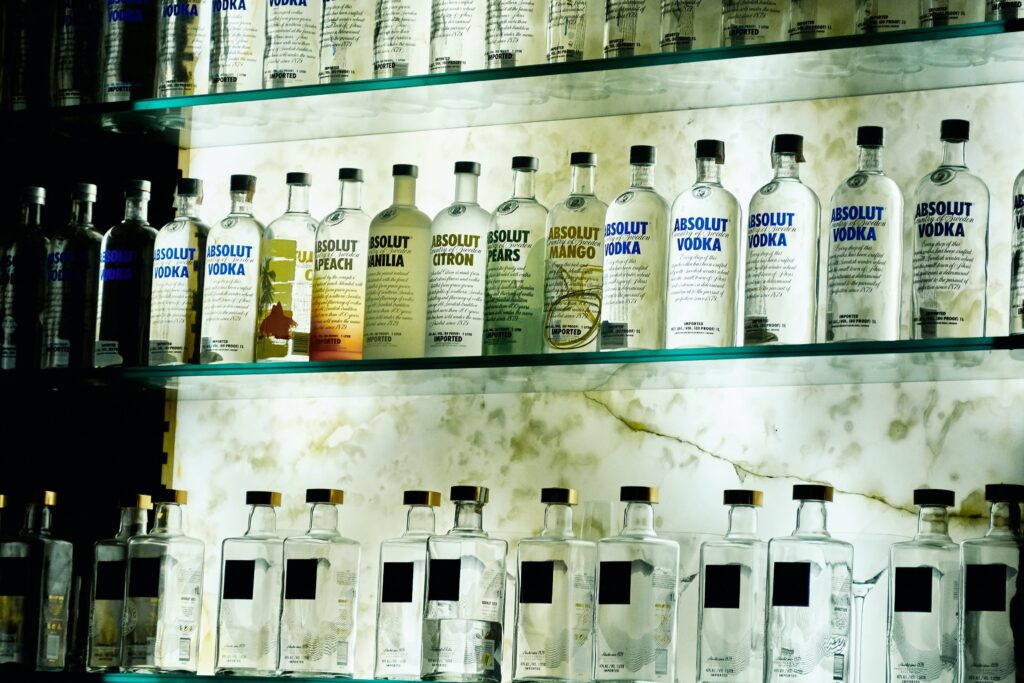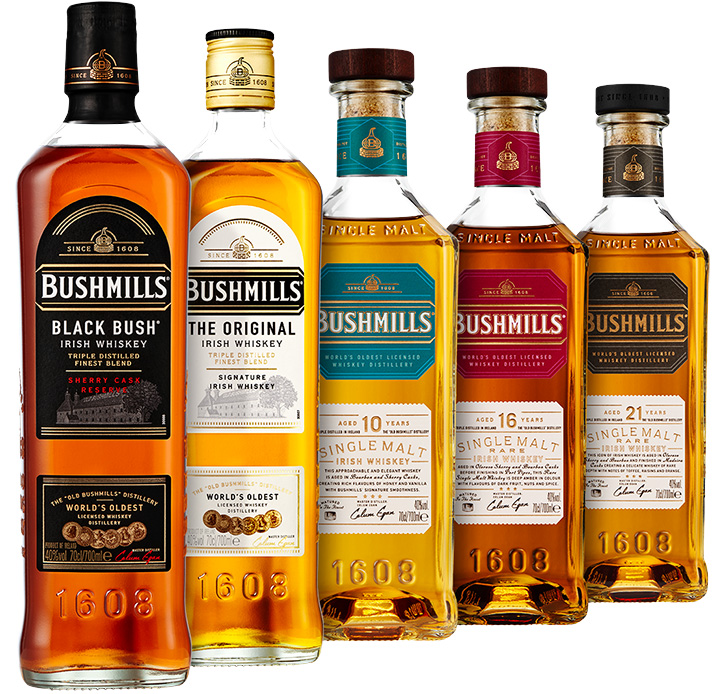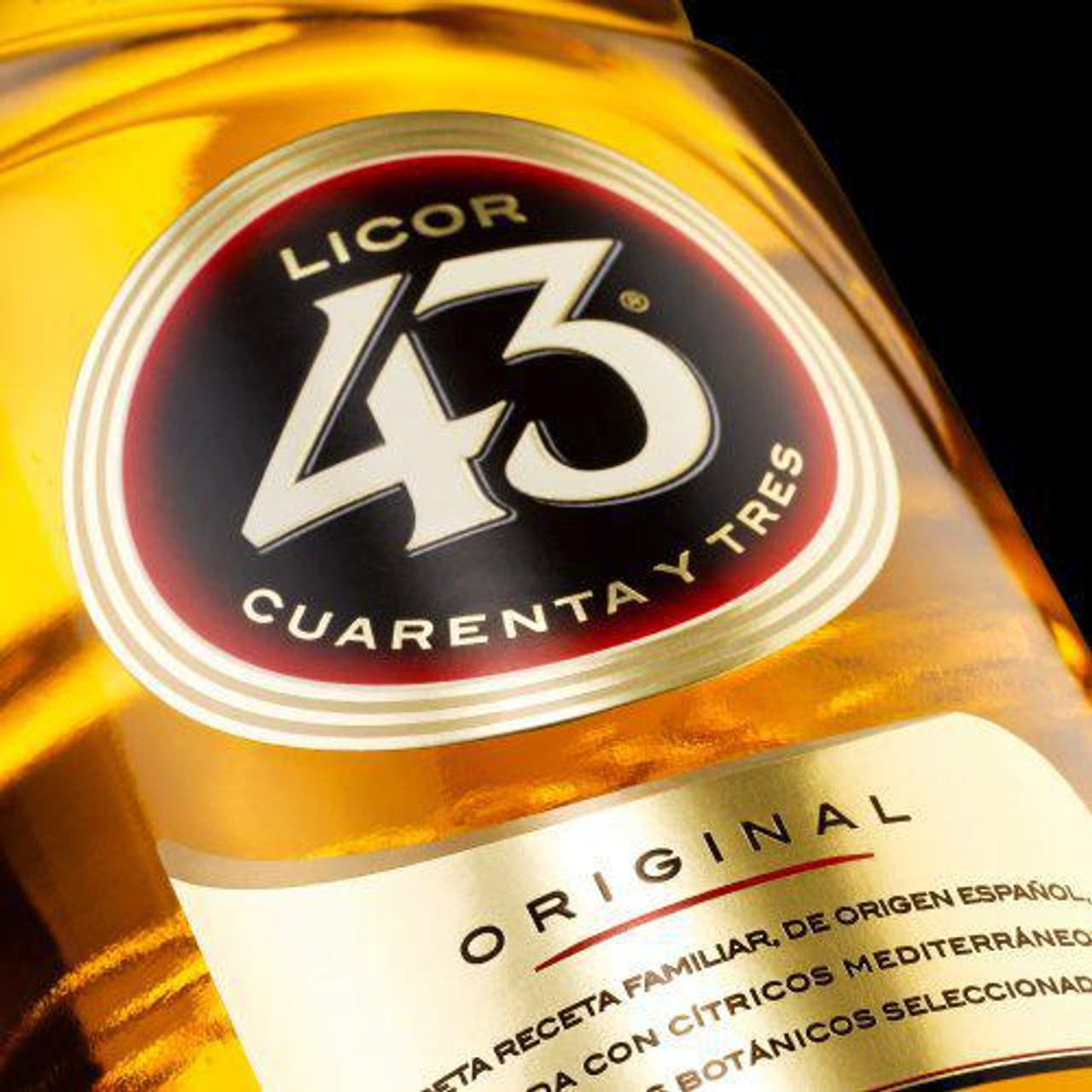Vodka: Explore all the ins and outs of this great drink!
Vodka, what do you actually know about this drink? The name sounds Russian, but is that really where it comes from? It is a drink that is produced and consumed all over the world nowadays, therefore there are many different types. Would you like to know everything about vodka? Then continue reading!
Table of Contents
When and where was vodka invented?
Is vodka Russian or Polish? Despite the name being Russian (meaning “little water”), the origin is a long-standing debate. There is no clear evidence who started making vodka first. The oldest known written reference was found in a Polish manuscript from 1405. Some claim that it originated as early as the 8th or 9th century in either Poland or Russia. What we know for sure is that the drink was already distilled in Russia in the 14th century. In the 15th and 16th centuries it began to gain more fame and the trade began to flourish in both Russia and Poland. Today, the alcohol content of vodka is between 40% and 70%. Back then, it was only 14%.
In the past, the drink was especially popular in the Balkan States, Russia, and Poland. After World War I, the demand started to increase enormously in the United States. During World War II, the production began in Western countries, so it was now made worldwide and not just in Russia and European countries. Nowadays, it is drank worldwide, with its fame originating in the cocktail world.

How is vodka made?
Vodka (read more at Wikipedia) is actually a very simple drink. It is clear and colorless and has no distinct taste or smell. But what does the production process look like and what ingredients are used?
The main ingredients are water and ethanol. In addition, grains, and other starchy plants such as rye, wheat and potatoes are fermented. Producers also frequently choose to use other ingredients, such as sugar beets, soybeans or grapes to add more taste.
The production involves a number of steps. We show what the general process of a producer making grain-based vodka looks like. It starts with the grinding of the grain:
- Grinding
The grain must first be ground to make it finer. Subsequently, the starch in the grain must be converted to sugar to eventually get an alcoholic beverage. This phase is also called the “germination phase“. The result is a sugar water that is converted to alcohol by adding yeast.
- Distillation
Vodka is generally distilled several times to make it as pure as possible. The liquid is then heated in kettles, causing evaporation. Many producers choose to use column distillation. This is a setup that allows efficient heating in a continuous process. The more frequently distilled, the stronger the drink becomes. After distillation, filtering takes place.
- Filtering
The goal is to make the drink as pure as possible. Therefore, this is an indispensable step. Filtering takes away any impurities from the drink. It also gives the vodka a smoother taste. This can be performed in 2 ways, namely during the distillation in a pot still or, for example, with the use of active charcoal, crystals, or sea salt. The result is a very strong drink of about 95% ABV. Water is added, to reduce this to about 40%. This happens just before bottling.


Types of vodka
Vodka is often used in mixed drinks or with a cocktail. Why? Because it has a neutral taste! Therefore, you can mix it with just about anything. However, the producers also want their vodka to stand out, and you often come across soft aromas of herbs, for example.
We distinguish three different types of vodkas:
- Eastern European Vodka (Poland, Russia, the Baltics)
Which usually has more flavor characteristics from the used raw material. A vodka from Poland can be recognized by its dry but spicy taste with hints of menthol. Vodka from Russia, on the other hand, is softer and has a more neutral taste compared to the Polish variant.
- Western Vodka (Europe, the United States)
In which the main aim is to achieve a neutral and pure taste.
- Flavored Vodka.
A Polish classic flavor addition is local bison grass, also known as zubrowka.
A lot more flavored vodka is being sold these days. Not only are there many types and brands, but even the choice of flavors is huge, varying from apple to vanilla and even bacon. Take a look at our Sales Portal and let us guide you through the extensive and surprising assortment at our vodka wholesale.
How to drink vodka? Neat or mixed?
How should you drink it? Mainly in Poland, Russia and Belarus, a lot of vodka is drank, and the locals like to drink it pure, also known as ‘neat‘. This means that it is drank without the addition of water, ice or other beverages.
In the United States and the rest of Europe, it is mainly drank as a mixed drink or cocktail. A few well-known cocktails, which you may have even tasted yourself, that contain vodka, are:
- Bloody Mary
- Vodka Martini
- Caipiroska
- Cosmopolitan
- Gold Digger
- Moscow Mule
- Sea Breeze
- Screwdriver
Check our blog “The 10 Best Vodka Cocktails” for more information!

Moving Spirits: Vodka supplier with a wide assortment
We hope you have now learned a lot more about vodka. Are you curious to know more about our assortment as alcohol wholesaler? Sign up for our Sales Portal and get 24/7 access to our stock. We always have 2,000+ brands in stock, including 50+ vodka brands!
Besides the well-known brands such as Absolut vodka, Eristoff, Grey Goose and Wyborowa, we also offer many other premium vodka brands. You’ve come to the right place at Moving Spirits if you’re looking for a B2B vodka wholesale!



